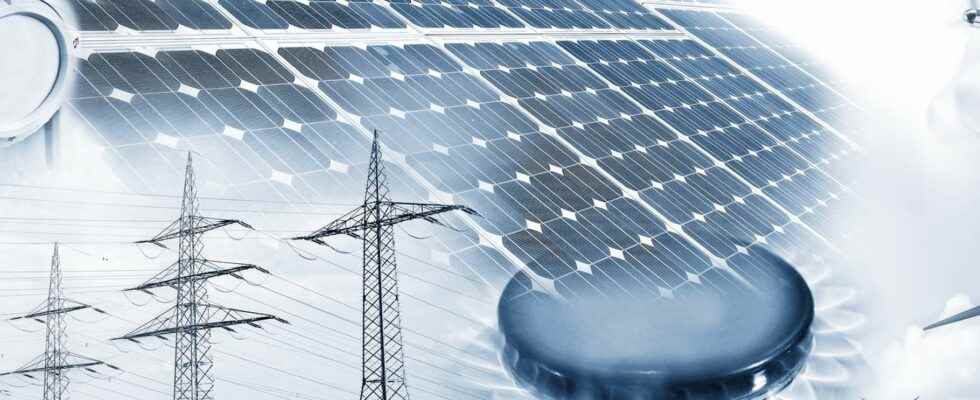As part of a transition to low-carbon energies, the coupling between natural gas (the fossil energy that emits the least CO2) and renewable energies appears to be an interesting option. An option that could prove satisfactory, at the international level but also at that of the individual house.
You will also be interested
[EN VIDÉO] What are the main obstacles to the development of photovoltaic energy? Some 8,000 times the world’s energy consumption. This is the amount of energy the Earth receives from the Sun. However, photovoltaic solar technologies are struggling to establish themselves in the energy landscape. Marion Perrin, doctor in electrochemistry, explains to us, in a video, what are the main obstacles to the massive development of this renewable energy.
Solar and wind constitute renewable energies intermittent”, because, according to the weather situation, their production may turn out to be zero. Thus, to integrate them massively within our electrical network, it seems essential to couple them, at least, with another energy source. the natural gas could be it, because gas plants are flexible. They seem capable of taking over quickly in the event of a lack of Sun or of windor to give priority to solar and wind power in the opposite case.
Gas to absorb a surplus of renewable energies
The gas could also perform well as storage system. In fact, the surplusenergies solar or wind turbineproduced when the weather conditions are favourable, could make it possible to producehydrogen by electrolysis some water. It is the principle of power-to-gas. According to the economic and technical scenarios, this hydrogen could then:
- be stored;
- be directly injected into the networks of natural gas ;
- serve as reagent to produce methane;
- enable the generation of electricity;
- be marketed for industrial uses.
However, research and development (R&D) work must be carried out to ensure the profitability of these processes.
A boiler to complete a solar installation
At a more modest level, that of your home, it is also possible to combine natural gas and renewable energies. It is possible, for example (see images above), to associate a condensing boiler has a solar water heater.
The latter would allow, according to the French Environment and Energy Management Agency (Ademe), to halve your expenditure on domestic hot water compared to a more traditional system. The condensing boiler can then be connected to the water heater and take over when the weather report is unfavorable. An installation that will allow you to meet the requirements of RT 2012.
A hybrid boiler for sustainable development
For its part, the natural gas hybrid boiler combines two heating systems:
- a condensing boiler;
- a heat pump (CAP) electric air-water.
In this case, and in a fairly classic way, a tank stores the heat so that the occupant of the house can use it at the desired time in the form of hot water. When the sunshine is insufficient for the production of hot water, the condensing boiler provides the complement.
The main purpose of the boiler hybrid is to help you save energy. It also makes it possible to meet the requirements of the RT 2012.
Interested in what you just read?
